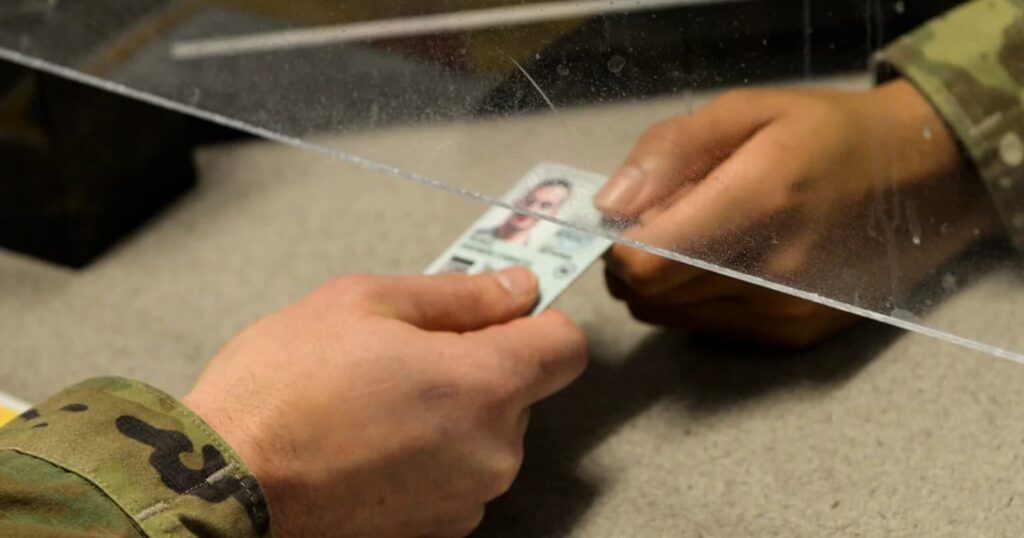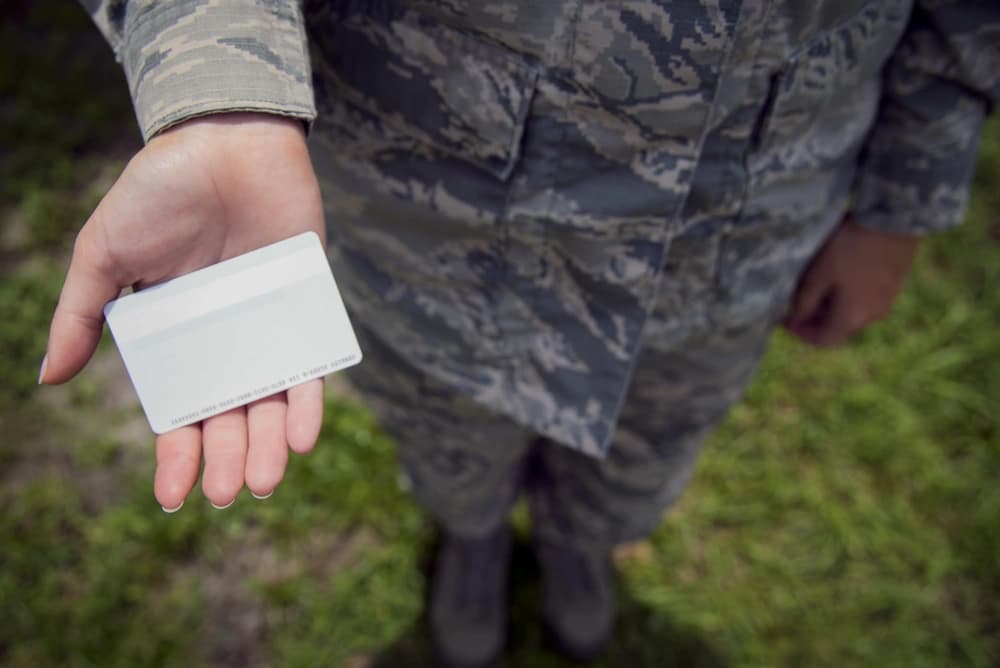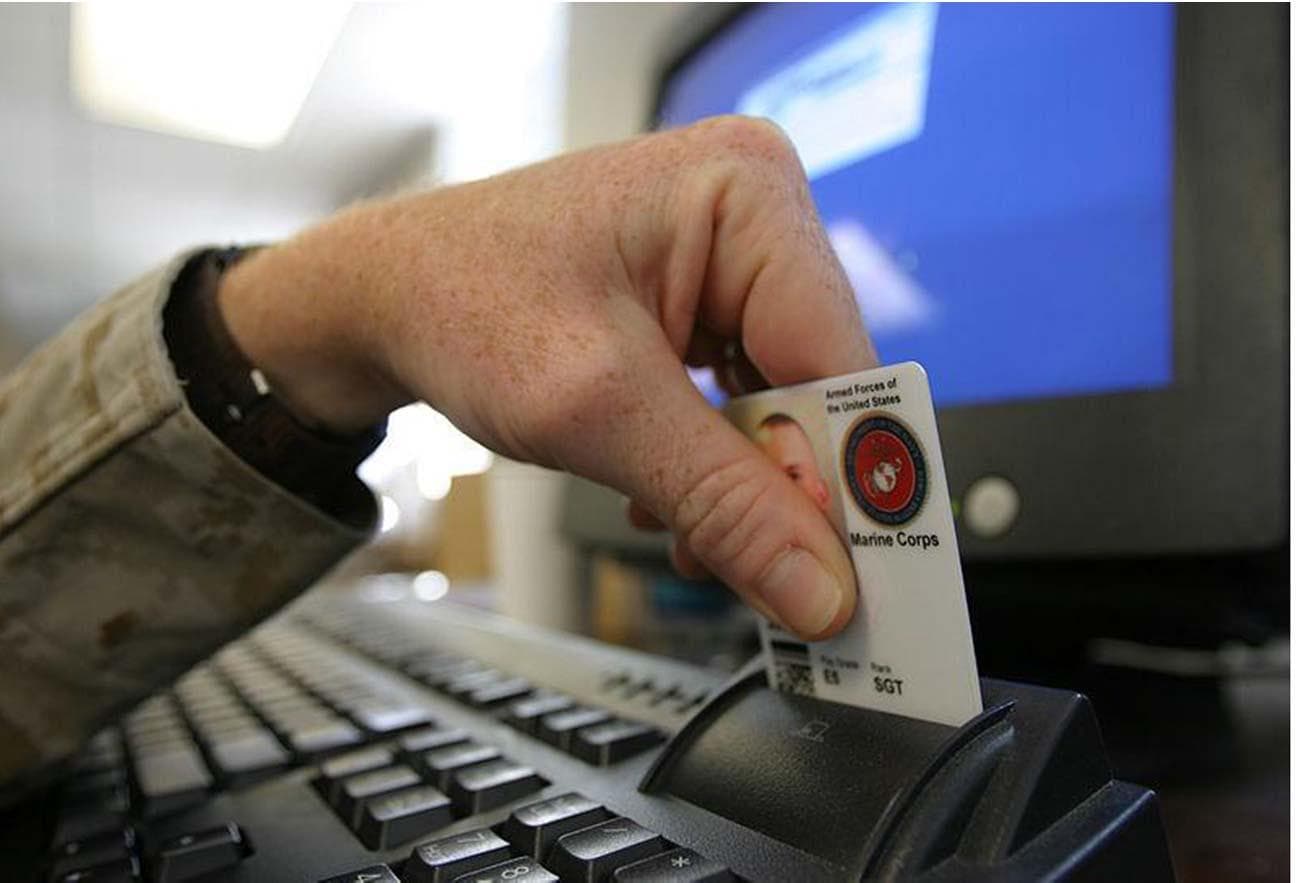The CAC is the Department of Defense standard card for accessing military installations and systems. It includes PKI certificates that the holder can use to digitally sign documents and connect to secure networks. It also allows access to government websites using a hardware security token or smartcard reader. It is used by active duty personnel, Selected Reserve and National Guard members, and civilian DOD employees.
A Common Access Card is a smart card about the size of a credit card that functions as a form of identification and provides access to Defense Department facilities, buildings, and computer networks. A CAC is the standard ID for active-duty military personnel, Selected Reserve and National Guard personnel, DoD civilian employees, and eligible contractor personnel.
Each card contains an embedded microprocessor that holds a variety of information, including PKI certificates that enable users to digitally sign documents and encrypt/decrypt email, as well as public key infrastructure (PKI) tools for authentication. It also stores a bar code that shows the cardholder’s name, date of birth, service or agency affiliation, personnel category code, benefits information, social security number, pay grade, and other identifying data.
The microprocessor can be used to verify an individual’s identity by comparing information in the card to that stored on the DoD’s Real-Time Automated Personnel Identification System (RAPIDS) database. This verification helps prevent unauthorized users from obtaining a card by impersonating legitimate cardholders.
The card also supports various security features that help prevent fraud and abuse, including blocking access when a user’s account is locked or suspended. It is also resistant to counterfeiting, spoofing, and tampering.

Who is Issued a CAC?
The CAC is used by authorized personnel to authenticate themselves electronically with DOD systems, networks, and devices. It also functions as a government ID card that provides access to the physical spaces of DOD installations. The CAC is issued to active duty military and reservists, uniformed civilians working at DOD locations, and contractors. It is designed to resist identity fraud, tampering, counterfeiting, and exploitation. It contains a microchip containing a digital image of the cardholder, two digital fingerprints, organizational affiliation, Social Security number, and DOD identification number.
RAPIDS (Real-Time Automated Personnel Identification Data System) is the program that processes all applications for the CAC and determines eligibility. Different RAPIDS sites are located worldwide at different military installations, and each has an assigned person that handles all inquiries. The RAPIDS process is very secure and is constantly monitored by DoD. Applicants are required to complete DoD form 1172-2 and pass a background investigation and FBI fingerprint check before being issued a CAC.
An individual can hold more than one CAC if they have multiple personnel category codes; however, the person cannot hold two or more CACs with the same PCC number. Contractors whose CAC is revoked may request to appeal the unfavorable decision through their TASS TSCM/TSDM. A TSCM/TSDM can also grant an alternate logon token to populations requiring access to DOD computers and/or networks but are not eligible for a CAC, such as those working overseas, to support an ongoing combat operation.

What is the Process for Obtaining a CAC?
The Common Access Card (CAC) is a staple of all active duty and reserve United States military and DoD civilian personnel. It is used for everything from physical security to logging on to DoD computer networks. Using a special card reader that is either built into laptops or attached to USB ports, the CAC will verify the identity of its user. The card is extremely secure and designed to work with all modern operating systems.
The first step in obtaining a CAC is to be sponsored by a DoD government official, generally someone in your Human Resources department. This sponsor will register you in the Defense Enrollment Eligibility Reporting System (DEERS) and will be a verifier of your credentials. You will also need to reregister in DEERS if your role changes.
Once you have been deemed eligible for a CAC, you will go through the RAPIDS ID Card Office process to get your new credentials. There are different RAPIDS sites all over the world, and they will verify that you have passed a background investigation and fingerprint check. This is all done through a system called the Real-Time Automated Personnel Identification System (RAPIDS). The RAPIDS process is heavily monitored by DoD, and all information is stored in a secure database. The RAPIDS ID Card Office is responsible for ensuring that the correct persons are issued CACs in a timely manner.
What Are the Benefits of Obtaining a CAC?
Having a CAC means that you have a federal security clearance, which is necessary for working with classified documents. It also enables you to use secure websites and services. However, the best benefit is that it provides you with a convenient method of authentication for many systems. In addition, a CAC allows you to log in with two factors of authentication rather than just one, like a password.
The card contains a microchip that carries a digital image of the cardholder’s face and two digital fingerprints. It also includes a cardholder’s organizational affiliation, Social Security number, and service or agency designation. The CAC also displays the cardholder’s Geneva Conventions identification number and a DoD ID number. The information is encrypted, which ensures that only authorized personnel can access the information.
The card is the main form of identification for active duty United States military personnel, Selected Reserve and Department of Defense civilian employees, eligible U.S. contractors, and foreign national affiliates who work with DoD computers or systems. Those who are not eligible to obtain a CAC may be granted an alternate logon token by their sponsor. This card is also required for physical access to DoD facilities, buildings, and controlled spaces. It is the key to a world of electronic services and networks that support military operations, research, development, test and evaluation, and administrative functions.
